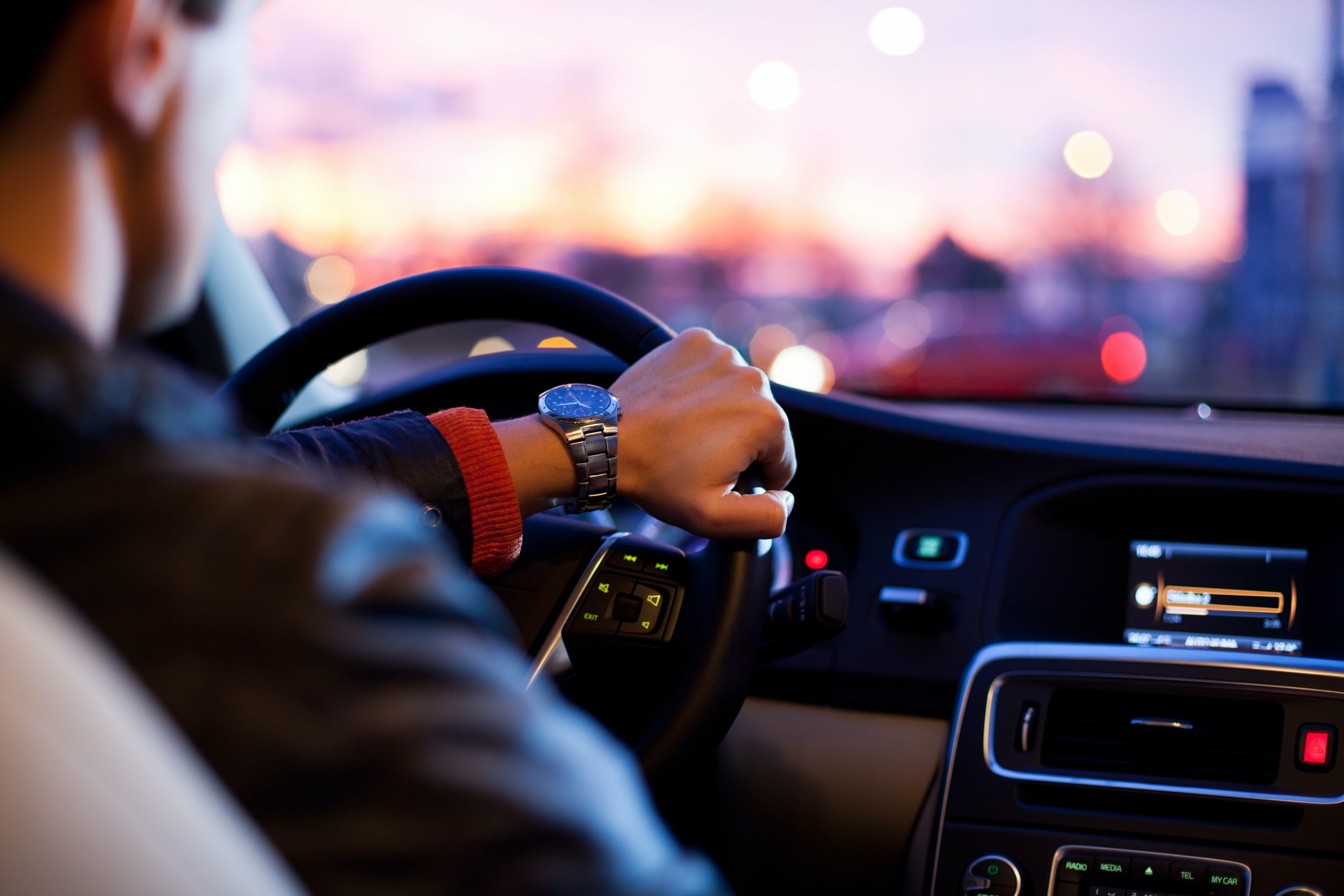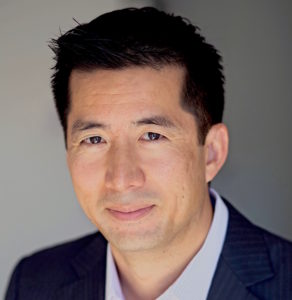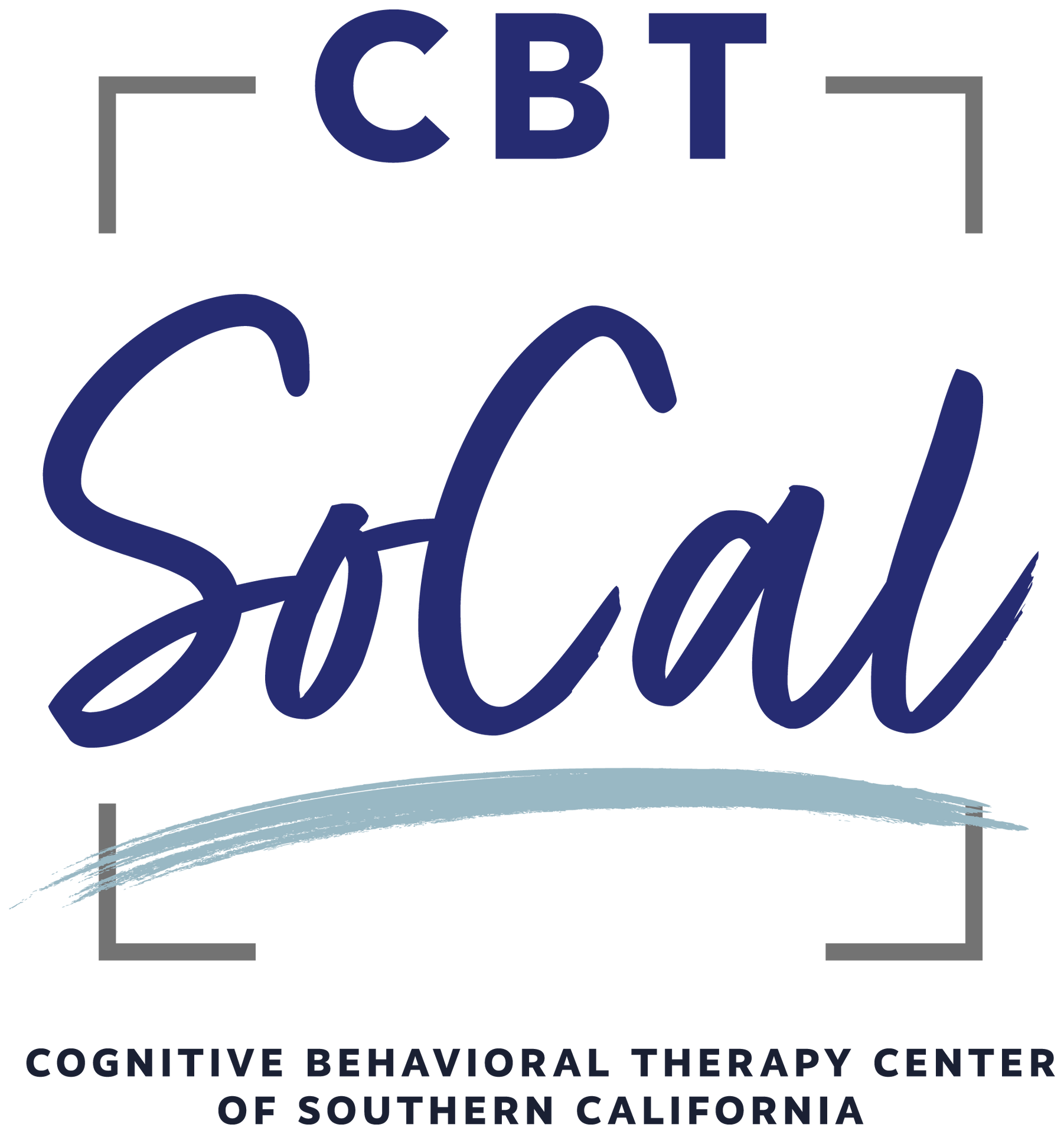Taking Back Control: “In Vivo” Exposure ideas for Defeating Panic – Part 8 of an 8-Part Series


This is the last article in our blog series on the crippling mental health phenomenon of panic episodes. To review, here is a brief summary of what we’ve covered in this series:
- Panic can present in various different ways – mental, emotional, and physiological, as per part 1.
- Panic symptoms often develop due to feeling stuck or trapped. This could be the experience of being physically stuck (e.g. in traffic, or an elevator) or emotionally stuck (e.g. in a stagnant relationship or unhealthy job situation) as per part 2.
- Avoiding thoughts, sensations, places, or any other reminders associated with panic allows anxiety to grow and take over more areas of our life (part 3).
- Preventing panic episodes by addressing the root causes is, in the long run, much more effective than strategies for coping with a panic spike in the moment once it has begun to escalate (part 4).
- Thinking of, or referring to “panic attacks” or “freak out moments” adds more emotional intensity to the discomfort of the experience. Consider more mild language to describe these episodes in order to decrease the distress they cause (part 5).
- Meditation or basic mindfulness principles can help break us out of panic-inducing cycles and allow us to regain a healthier relationship with our thoughts (part 6).
- “Interoceptive” exposure exercises can help decrease the anxiety associated with common every day physiological sensations that can become paired with panic (part 7).
Avoiding the possibility of experiencing future panic has been a common theme. While it is a very natural impulse to want to prevent reexperiencing a spike in anxiety, our efforts to do so can actually worsen and prolong our suffering from panic.
From a treatment perspective, reducing avoidance and purposely confronting things associated with panic is central to recovery.
In addition to purposeful exposure to specific sensations through interoceptive exposure, panic sufferers may need to also confront specific places, activities, or situations associated with high anxiety, or previous panic episodes.
This is referred to as “in vivo” exposure because it involves exposure to live situations in one’s life. Similarly to interoceptive exposure, this can sound very intimidating and uncomfortable when first presented. However, it can be done in very systematic and measured ways that are less difficult, and gradually help recover a feeling of confidence and flexibility in one’s life without panic.
Here are a few examples of in vivo exposure strategies we use to help people suffering from panic:
Resume driving
For people who have experienced panic episodes while driving, they may tend to avoid driving on particular freeways or at busy times when the likelihood of being stuck in traffic is higher. Getting back on the road, even by starting on safe, quiet streets at uncrowded times is a good way to start. Freeway driving can also be reintroduced slowly by repeatedly driving on short distances on wider freeways on weekends. When done this way it is less likely to induce panic, and more likely to rebuild confidence.
Confront crowds
As previously discussed, feeling stuck or trapped is a common trigger for panic. While it feels very natural to a panic sufferer to avoid crowded places (i.e. malls, busy restaurants, airports, etc.), consider gradually stretching your comfort zone by starting to first just approach busy areas and stay on the fringes. As that starts to feel more tolerable with repetition, stepping gradually more into the center of busy thoroughfares will feel more comfortable again.
Interact with other people
Many panic sufferers report avoiding certain social situations or work meetings due to the fear of panicking in public. The worry about having others observe one’s panic symptoms and feeling embarrassed in and of itself can feed into a cycle of anxiety that escalates quickly. This is similar to Social Anxiety and can be addressed by gradually and intentionally putting oneself in social situations to rebuild confidence. The degree of anxiety you feel in various social situations may vary based on how many people are there, which individuals you interact with, how long the social engagement will be, and the ability to step out or “escape” if needed – among other factors. Identifying social situations to confront that are somewhat uncomfortable, but generally tolerable and unlikely to bring on significant anxiety will go a long way towards reducing panic.
Reduce the “security blanket” accessibility of medications
Medications can certainly be helpful for panic when used appropriately. However, they can sometimes come to symbolize safety in a way that prevents full growth and recovery.
If you’ve been carrying Xanax, Ativan, or Klonopin with you everywhere you go “just in case” you have panic symptoms, consider gradually stretching your ability to go without it. A starting point could be as simple as going for a walk around your neighborhood and leaving it at home. Alternatively, you might drive a short distance to visit a supportive friend or family member without your medication. As these experiences become mastered, you can work up to being away from “safe” places for longer periods of time, at further distances, and in possibly more stressful situations (e.g. work meetings, social gatherings, etc.).
The Final Word
Hopefully these brief articles about panic episodes have given you some useful information. If you are dealing with panic, these concepts and tools can definitely help you. We are happy to help too if you need guidance with the process along the way.
Please contact us if you’d like our help getting better from panic.

Martin Hsia, Psy.D. is the Clinical Director of CBT SoCal, and specializes in helping people with OCD, Anxiety, and Insomnia in Glendale, CA.
